Receiving a cosmetic gift from her lover on Valentine's Day, the young girl excitedly used it in the hope of having more beautiful skin. However, after 2 applications, red rashes appeared all over her neck, body, and back, causing severe itching and burning.
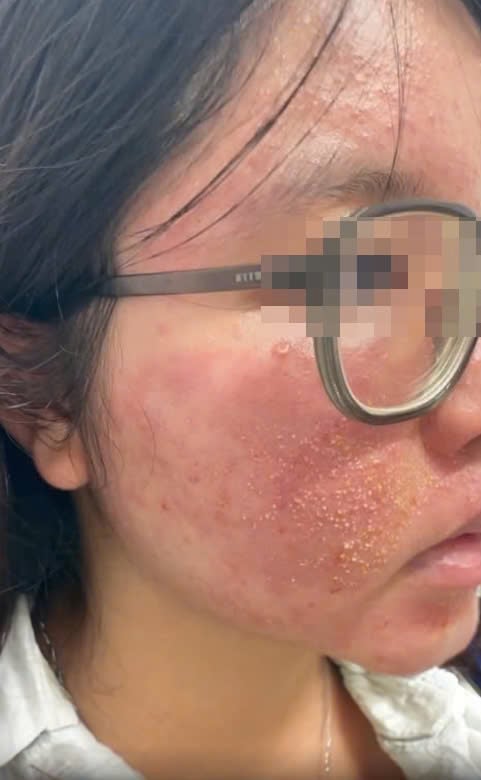
Girl has red rash and swelling all over her face after using cosmetics - Photo: BVCC
Cosmetics of unknown origin
After experiencing red rashes and swelling all over her body, NNA (25 years old, Hanoi) went to a medical facility for examination.
At the medical facility, NA shared that this cosmetic set including cream and serum had packaging printed entirely in a foreign language but was not from a popular brand. Because she trusted the product quality, she used it immediately without checking the origin carefully.
After the first application, the skin area where the medicine was applied (cheeks and forehead) showed signs of slight burning and redness, but thinking this was a normal reaction when getting used to a new product, the patient continued to use it the next evening. Unexpectedly, after only a few hours, her face became red, swollen, and itchy, spreading to her neck, chest, and back.
Directly examining NA, Dr. Nguyen Tien Thanh - member of the Vietnam Dermatology Association, said that this case was allergic dermatitis caused by contact with strong irritating ingredients in cosmetics.
If used continuously or handled incorrectly, the condition may become more serious, leading to prolonged contact dermatitis, peeling skin, loss of pigmentation..., and even leaving ugly scars.
According to Dr. Thanh, there are many causes of cosmetic allergies, the most common being that the product is not suitable for the skin. Some people are allergic to ingredients such as fragrances, alcohol, parabens, preservatives or strong acids.
In addition, the use of cosmetics of unknown origin is also a risk factor. Many products have packaging printed in foreign languages but do not have quality control information.
Changing cosmetics suddenly, using many new products at the same time: This can cause "shock" to the skin, especially when containing strong active ingredients such as retinol, AHA, BHA.
Fake, poor quality cosmetics: Products of unknown origin may contain lead, mercury, corticosteroids or toxic chemicals.
How to deal with cosmetic allergies
Doctor Thanh recommends that if you experience a cosmetic allergy, you should stop using the product immediately.
Gently wash your face with clean water or saline to remove any remaining cosmetics on your skin.
Do not apply additional creams or medications of unknown origin without a doctor's prescription.
If symptoms are severe (widespread redness and swelling, difficulty breathing, severe itching), see a dermatologist immediately for timely treatment.
Dr. Thanh also recommends that before using new cosmetics, especially those that are given as gifts, you should carefully check the origin of the product. If the cosmetics have packaging in a foreign language but are of unknown brand and do not have an inspection stamp, it is best not to use them.
Test on skin before using on entire face. Apply a small amount to wrist or behind ear, wait 24 hours to see if irritation occurs.
Don’t change too many products at once. If you do try new products, use them one at a time to see how your skin reacts.
"If you want to give cosmetics to a relative, make sure the product has a clear origin and is suitable for the recipient's skin type. Being careful in choosing will help avoid unfortunate risks," Dr. Thanh advised.
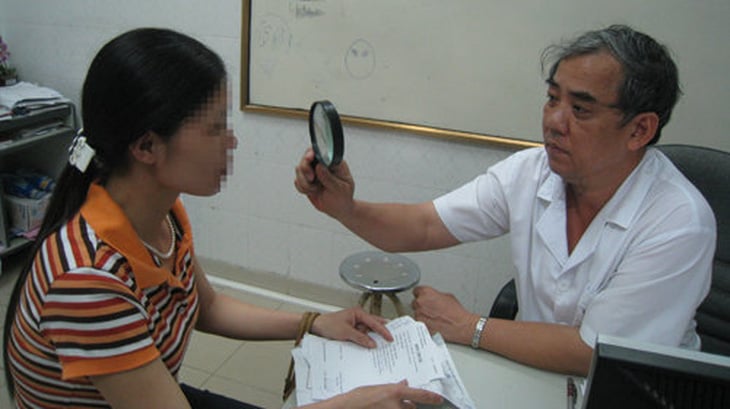 High-end cosmetics cause allergies
High-end cosmetics cause allergiesSource: https://tuoitre.vn/man-do-khap-nguoi-vi-dung-my-pham-nguoi-yeu-tang-ngay-valentine-20250219203923905.htm







![[Photo] Dan Mountain Ginseng, a precious gift from nature to Kinh Bac land](/_next/image?url=https%3A%2F%2Fvphoto.vietnam.vn%2Fthumb%2F1200x675%2Fvietnam%2Fresource%2FIMAGE%2F2025%2F11%2F30%2F1764493588163_ndo_br_anh-longform-jpg.webp&w=3840&q=75)




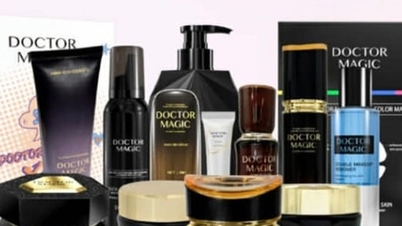

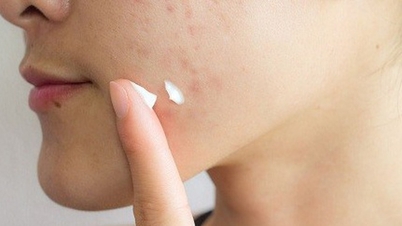
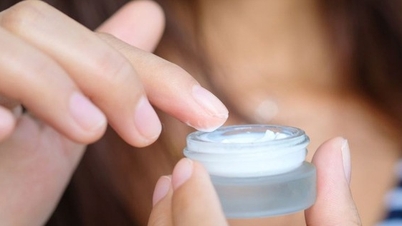
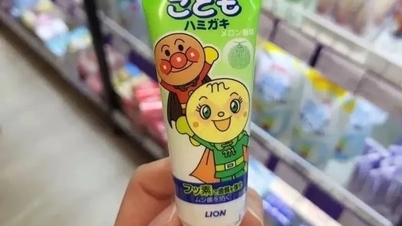




































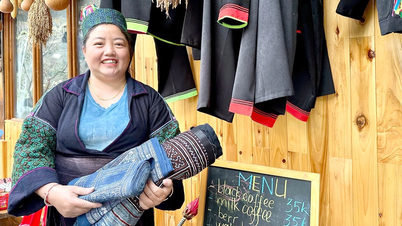













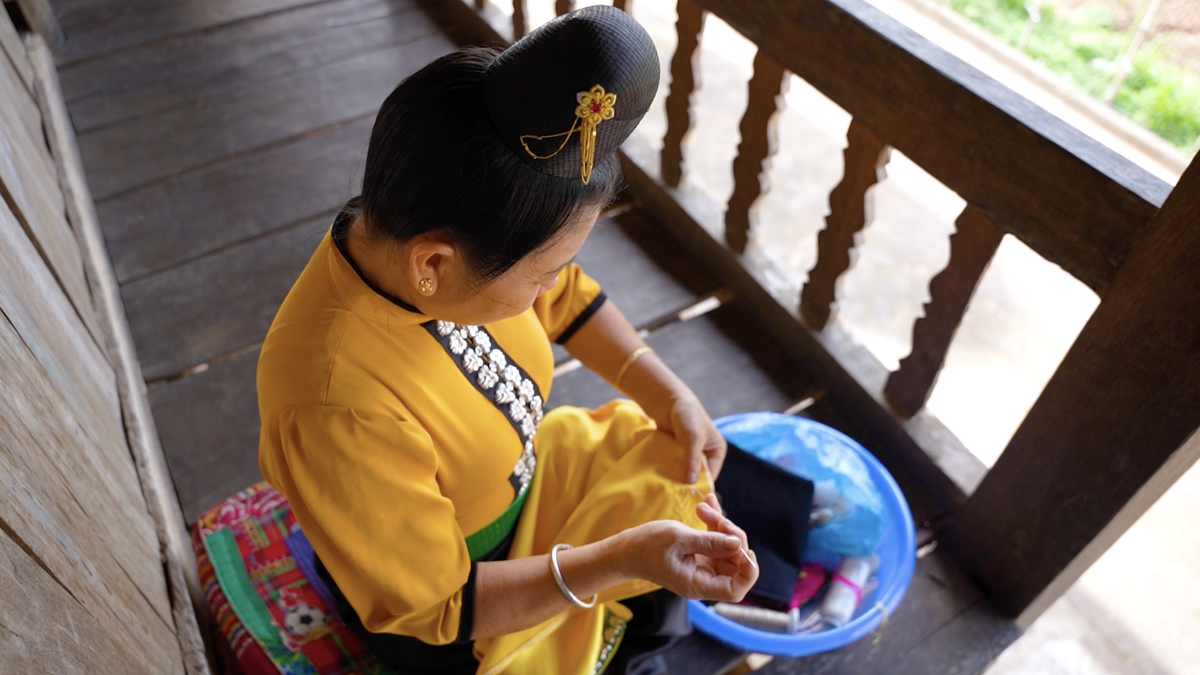















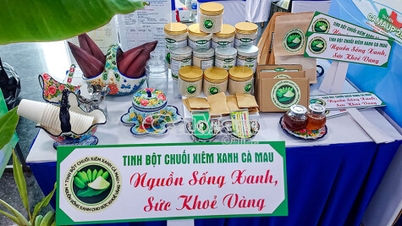





















Comment (0)